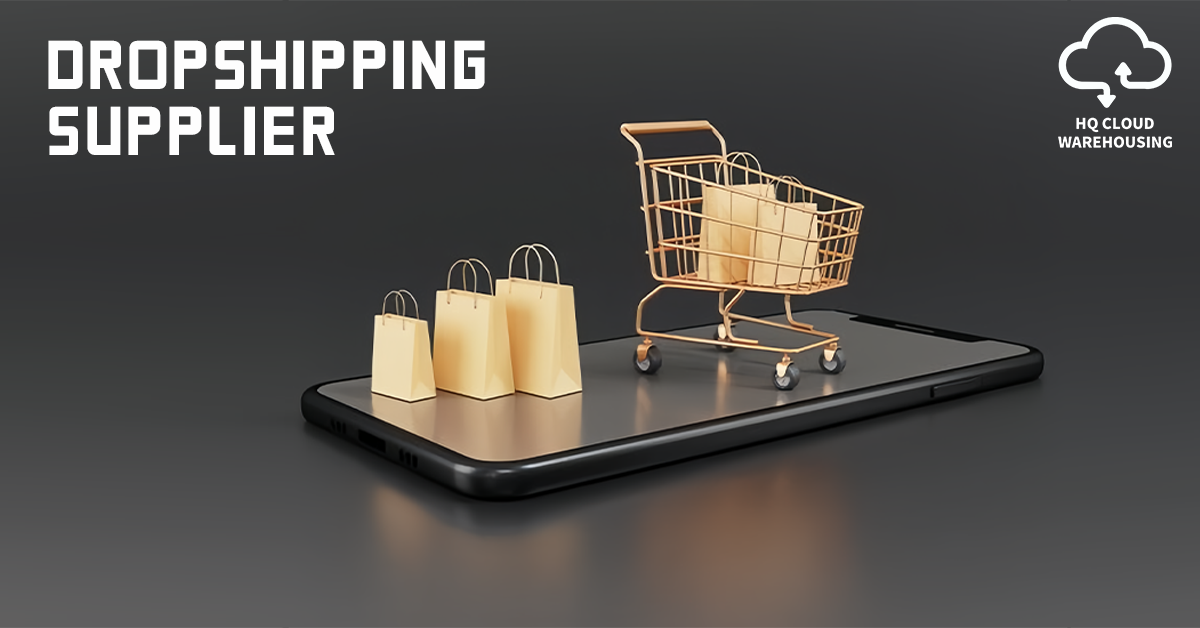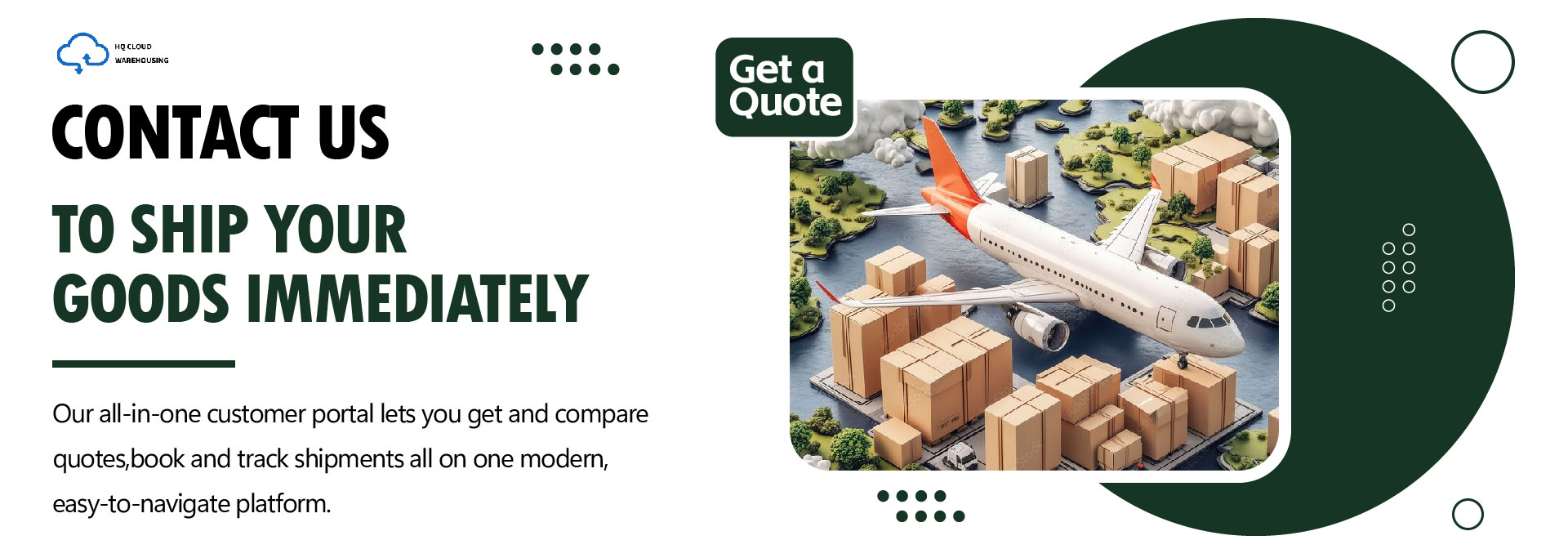Mastering Inventory Management: Strategies to Minimize Stockout Risks
Mastering Inventory Management: Strategies to Minimize Stockout Risks
1. Introduction: Why Inventory Management Matters
In the dynamic world of e-commerce, effective inventory management is crucial for success. Proper control of stock levels ensures that businesses can meet customer demand without overstocking or understocking. This balance is particularly vital in models like dropshipping and fulfillment, where inventory accuracy directly impacts customer satisfaction and operational efficiency.
2. The True Cost of Stockouts
Stockouts can have severe repercussions:
Lost Sales and Customer Trust: When products are unavailable, customers may turn to competitors, leading to immediate revenue loss and potential long-term loyalty erosion.
Impact on Logistic Operations: Frequent stockouts can disrupt fulfillment processes, causing delays and increased operational costs.
Dropshipping Vulnerabilities: In dropshipping, reliance on suppliers means that their stock issues directly affect your business, making stockouts a significant risk.
3. Understanding Inventory Management in Modern Fulfillment
Key concepts include:
Safety Stock: Extra inventory held to prevent stockouts during demand fluctuations.
Reorder Point: The inventory level at which new stock should be ordered to replenish before running out.
Lead Time: The time taken from placing an order with a supplier to receiving the stock.Utilizing advanced tools and software can automate these processes, providing real-time insights and alerts.
4. Dropshipping and Inventory Control Challenges 📦
Dropshipping presents unique challenges:
No Physical Stock: Without holding inventory, businesses depend entirely on suppliers' stock levels.
Reliance on Third-Party Suppliers: Any issues in the supplier's operations can directly impact your ability to fulfill orders.
Real-Time Stock Sync: Ensuring your online store reflects accurate stock levels requires robust integration with suppliers' inventory systems.
5. Smart Inventory Forecasting Techniques
Effective forecasting involves:
Demand Forecasting Models: Utilizing AI and machine learning to predict future sales based on historical data and market trends.
Seasonality and Trends: Analyzing seasonal demand patterns to adjust inventory levels proactively.
Market Research for Dropshippers: Staying informed about industry trends and consumer preferences to anticipate demand shifts.
6. The Role of Logistics in Stockout Prevention 🚛
Logistics play a pivotal role in maintaining optimal inventory levels:
Real-Time Inventory Tracking: Implementing technologies like RFID and IoT devices to monitor stock movements and levels continuously.
Warehouse Distribution Strategies: Optimizing warehouse locations and layouts to facilitate quick restocking and order fulfillment.
Role of 3PL Providers: Partnering with third-party logistics providers to leverage their expertise and infrastructure for efficient inventory management.
7. Fulfillment Strategies to Keep Products Flowing
To ensure seamless fulfillment:
Automated Reorder Systems: Setting up systems that automatically reorder stock when it reaches a predetermined threshold.
Choosing the Right Fulfillment Partner: Selecting partners with reliable track records and capabilities that align with your business needs.
Hybrid Models for Better Coverage: Combining in-house fulfillment with third-party services to enhance flexibility and reach.
8. Using Technology to Your Advantage 🛠
Leveraging technology can streamline inventory management:
Best Inventory Management Software: Implementing systems that offer features like real-time tracking, demand forecasting, and integration with sales channels.
Integration with E-commerce Platforms: Ensuring seamless communication between inventory systems and platforms like Shopify or WooCommerce for accurate stock representation.
ERP & Logistic Systems: Utilizing Enterprise Resource Planning systems to unify various business processes, including inventory and logistics.
9. Multi-Channel Inventory Management
Managing inventory across multiple sales channels involves:
Centralized vs. Decentralized Inventory: Deciding whether to keep all stock in a central location or distribute it across various warehouses.
Cross-Channel Syncing Tips: Using integrated systems to ensure inventory levels are updated in real-time across all sales channels, preventing overselling or stockouts.
10. Supplier Relationship Management for Dropshippers
Effective supplier management includes:
Vetting Reliable Partners: Conducting thorough assessments of potential suppliers to ensure reliability and quality.
Negotiating Lead Times: Working with suppliers to agree on lead times that align with your fulfillment commitments.
Backup Supplier Networks: Establishing relationships with multiple suppliers to mitigate risks associated with reliance on a single source.
11. International Fulfillment & Global Logistics 🌍
Expanding globally requires:
Customs, Taxes, Shipping Times: Understanding and complying with international shipping regulations and costs.
Local Warehouses for Faster Delivery: Utilizing warehouses in key regions to reduce shipping times and costs.
Handling Returns Globally: Developing processes to manage returns efficiently across different countries.
12. Case Studies: Inventory Management Done Right
Example 1: A High-Growth Dropshipping Brand
A fashion retailer implemented real-time inventory tracking and diversified its supplier base, resulting in a 30% reduction in stockouts and a 20% increase in customer satisfaction.
Example 2: A Logistic Provider Saving Millions with Better Forecasting
A logistics company adopted AI-driven demand forecasting, reducing excess inventory by 25% and saving millions in holding costs.
13. Inventory KPIs You Must Track
Key Performance Indicators include:
Stock Turn Rate: Measures how often inventory is sold and replaced over a period.
Fill Rate: The percentage of customer orders fulfilled without stockouts.
Order Accuracy: The rate at which orders are correctly fulfilled.
Backorder Rate: The frequency of orders that cannot be fulfilled at the time of purchase due to stockouts.
14. Building a Resilient Inventory Strategy
To create a robust strategy:
Risk Mitigation Plans: Identifying potential risks and developing contingency plans.
Emergency Restocking Protocols: Establishing procedures for rapid replenishment in case of unexpected demand spikes.
Communication Plans with Customers: Keeping customers informed about stock availability and expected delivery times to manage expectations.
15. Future Trends in Inventory & Fulfillment 🚀
Emerging trends include:
AI-Powered Logistics: Utilizing artificial intelligence to optimize routes, predict demand, and automate warehouse operations.
Robotics in Warehouses: Implementing robots for tasks like picking and packing to increase efficiency and accuracy.
Real-Time Inventory Visibility: Achieving end-to-end visibility of inventory across the supply chain through advanced tracking technologies.
16. Conclusion: Your Path to Inventory Mastery
Mastering inventory management is essential for minimizing stockout risks and ensuring customer satisfaction. By implementing the strategies outlined above, businesses can optimize their inventory processes, leverage technology, and build resilient supply chains. Continuous improvement and adaptation to emerging trends will position your business for long-term success in the competitive e-commerce landscape.
🌟 How can we help you? ❓
We partner directly with manufacturers worldwide to ensure the highest quality of our products, with a dedicated Quality Control team monitoring every step.
💰 Affordable Prices: Always competitive, without compromising on quality.
😊 Excellent Customer Service: We're here to assist you with anything you need.
🎯 Premium Products: Stylish, durable, and designed to meet your expectations.
🌸 Loved By Customers: Check out the rave reviews from our happy customers and see.
✅ No MOQ Required:Worldwide drop shipping,No minimum order quantity.
Why they love us!
🌍 Worldwide Shipping: We offer global shipping, and you may even receive your order early. We provide tracking numbers so you can follow your package every step of the way. Good things are worth waiting for! 😉
✅ 100% Risk-Free Purchase: If you’re not satisfied with your purchase, no worries! Just contact us, and we’ll offer a replacement or full refund. Our process is simple and completely risk-free.

















